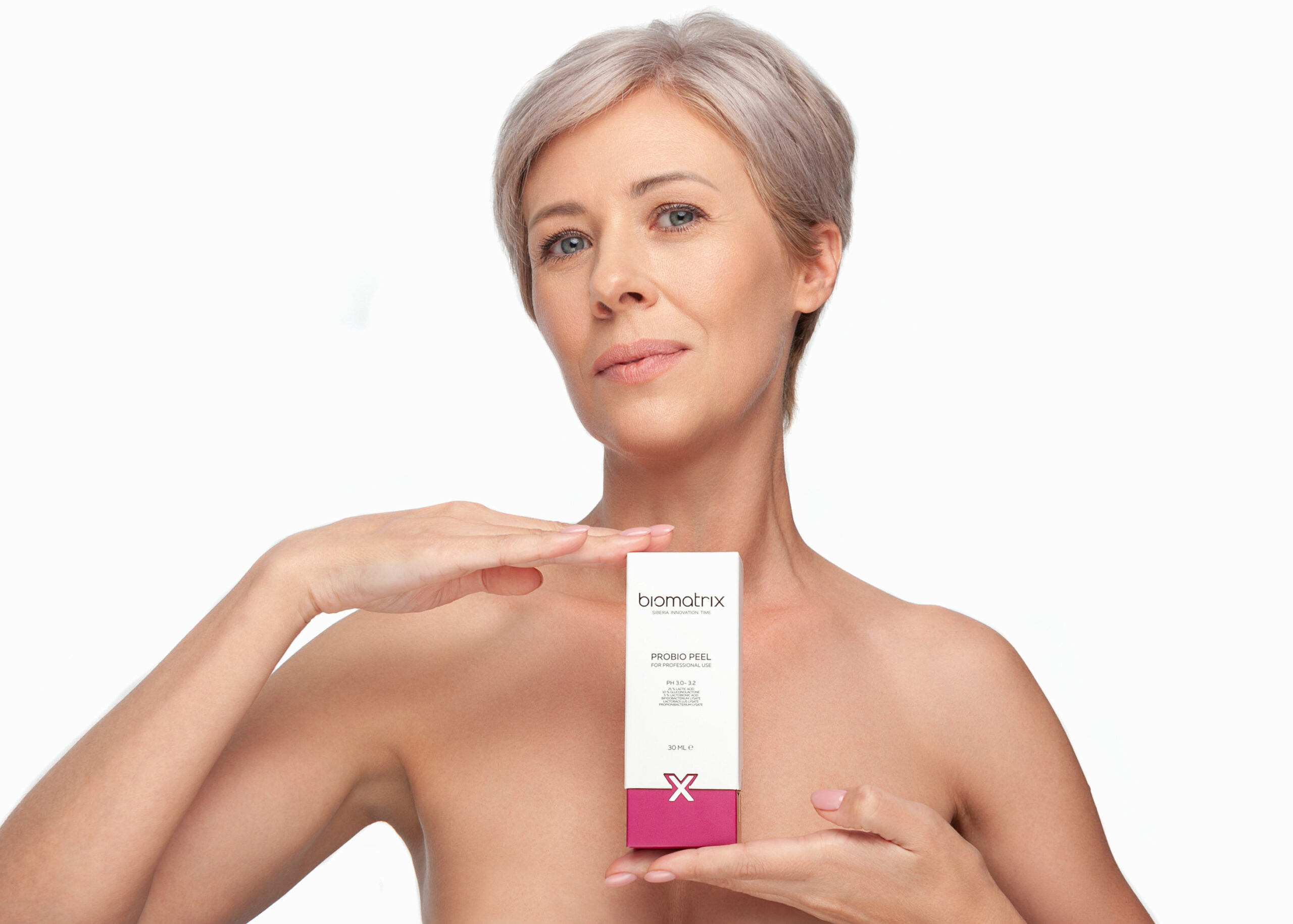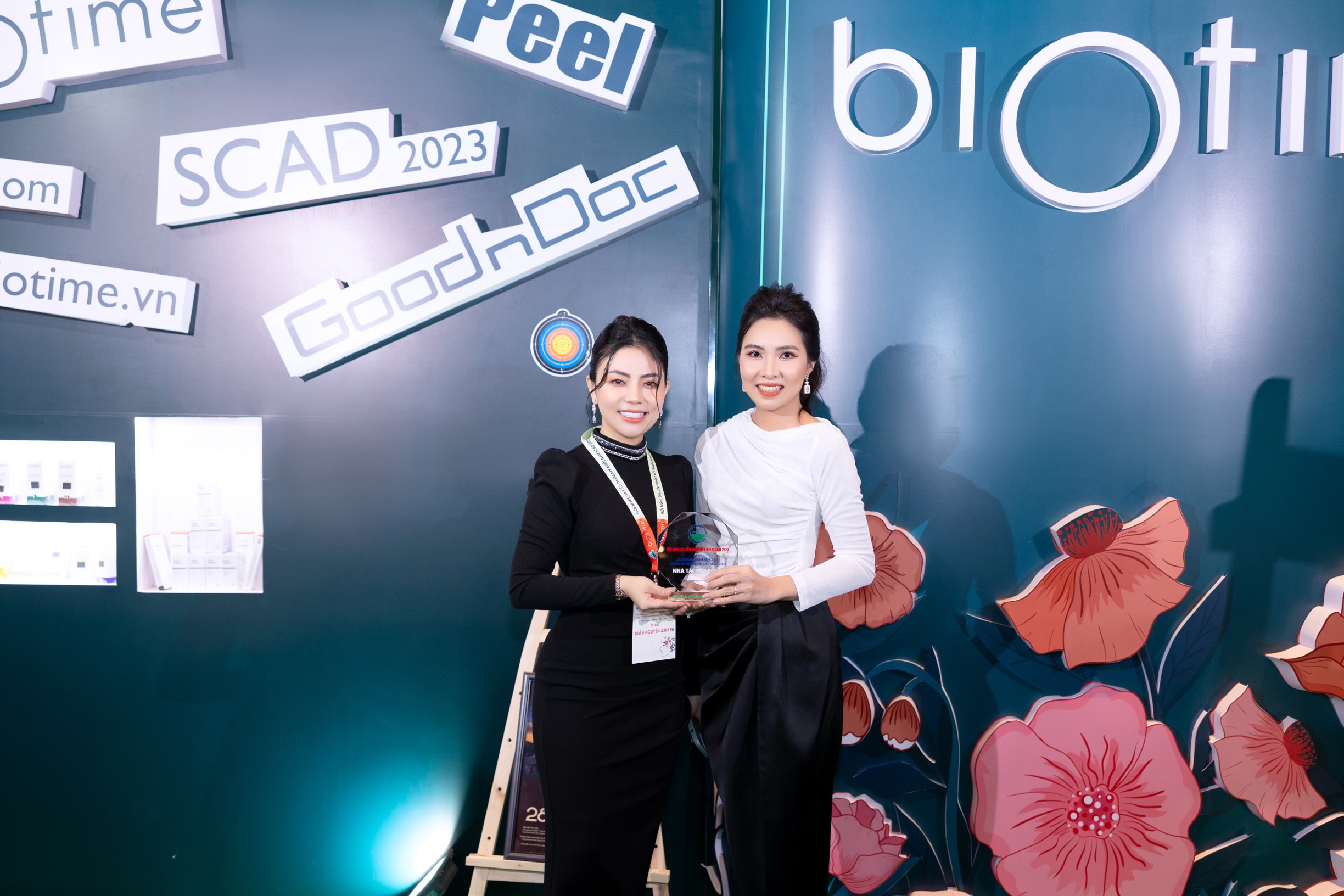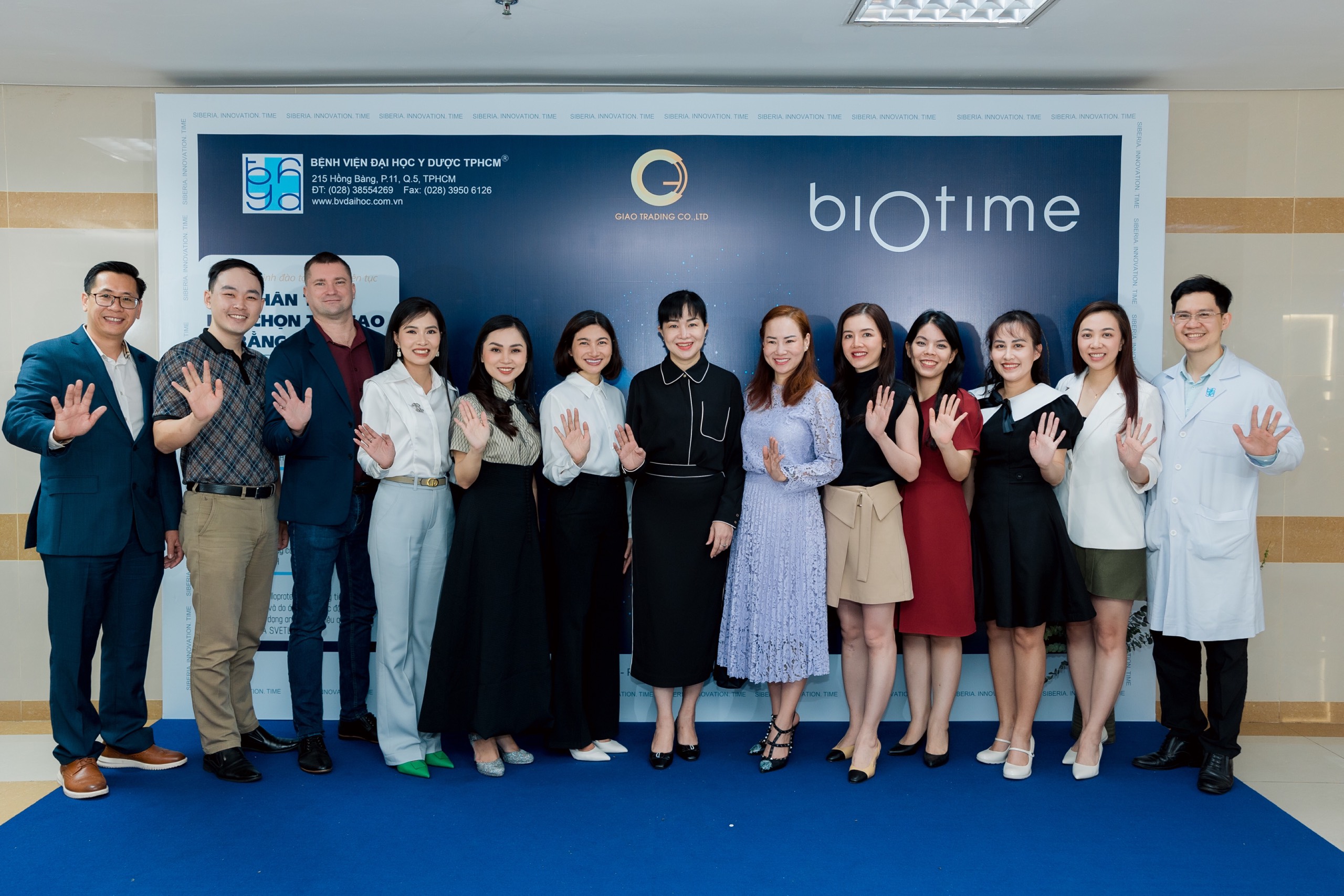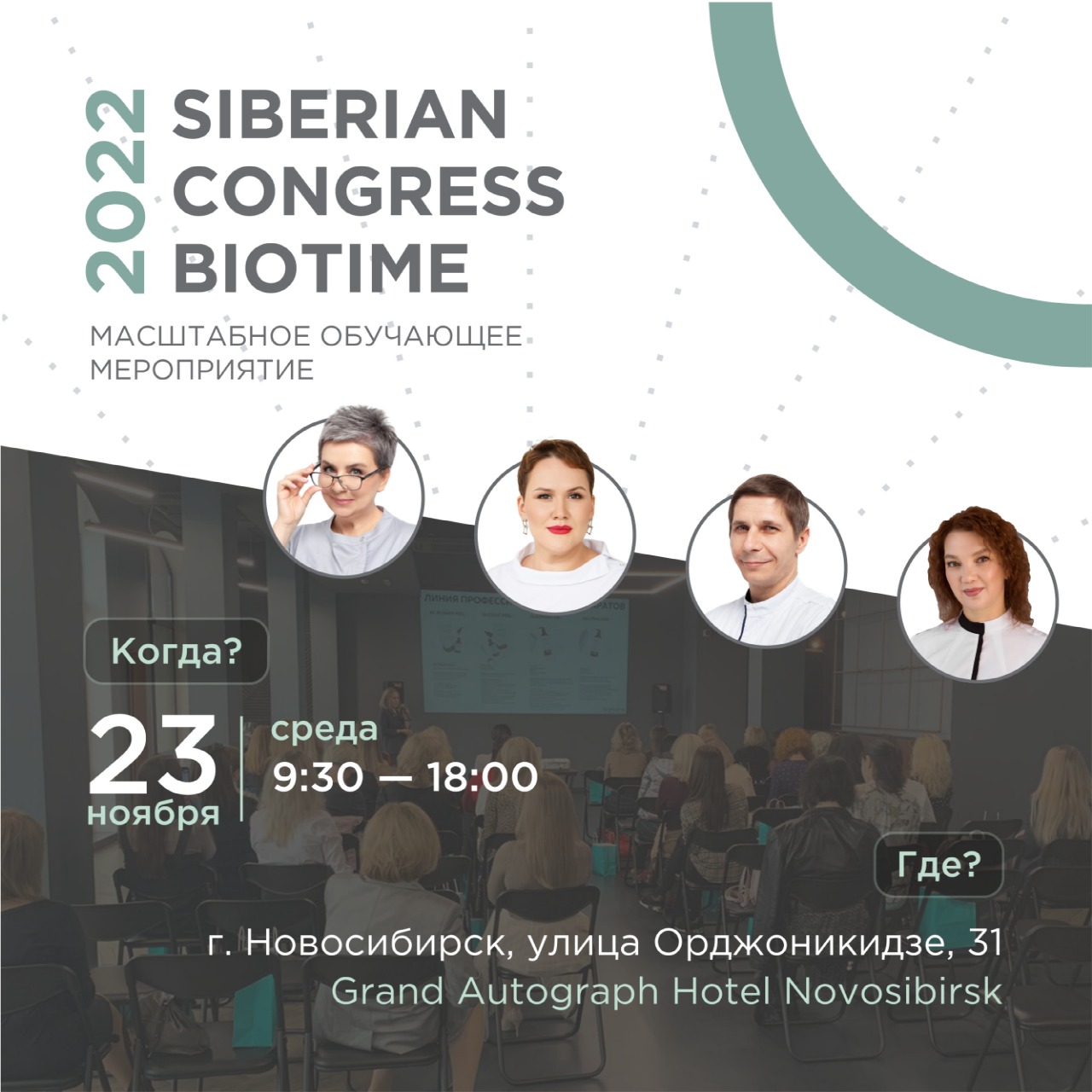
Follow Patricia K. Farris, M.D.
Collected & edited: Nguyen Duy Thanh – Giao Trading Co., Ltd
Evidence is mounting for the use of probiotics, prebiotics and microbial lysates in skincare. One expert examines the literature and shares observations.
In recent years, there have been an increasing number of skincare products entering the market touting probiotics. In this review we will look at the science supporting the use of topical probiotics in an effort to answer the question “are they worth the hype?”
Skin microbiome
Skin is subjected to harsh environmental conditions that favor the growth of primarily gram positive organisms.1 Gram positive species such as Proprionibacterium, Staphyloccoci, Micrococci and Corynebacteria are resident bacteria of the skin. Malassezia yeast and a variety of bacteriophage species complete the resident flora.
Resident bacteria are capable of reproducing and are commensal with the host when skin is healthy. When skin is compromised, resident bacteria can become pathogens as is seen in acne and folliculitis. Transient bacteria are contaminants that are acquired from the environment. Escherichia coli, Pseudomonas aeruguinosa and Bacillus species are transient species incapable of sustained growth under normal skin conditions. Skin microbiota controls the colonization of potentially pathogenic organisms, modulates immune response, skin barrier function and is integral for skin health.
The skin microbiome is influenced by pH, sebum content, barrier function and hydration.2 A slight acidic pH favors the growth of Proprionibacterium, while more alkaline pH encourages the majority of resident species. Moist areas such as the armpit and behind the knees favor Staphylococci and Corynebeacterium species, while Propionibacterium species are more plentiful where sebaceous glands are present. Dry areas of the skin have the greatest diversity of species while having the lowest absolute number of bacteria. Additionally, extrinsic factors such as geographic location, occupation, the use of antibiotics or cosmetics can influence skin microbiota.3 Studies indicate that alterations in skin microflora play a significant role in conditions such as atopic dermatitis, psoriasis, acne and skin cancer.2,4,5
Probiotics, prebiotics and bacterial cell lysates
Probiotics are live bacterial cultures that, when applied topically, influence the composition of skin microflora. Through the fermentation process, probiotic bacteria produce acidic compounds like lactic acid, reducing the pH of skin.6 Acidifying the skin discourages the growth of most pathogens favoring growth of resident flora. Probiotic strains produce potent antimicrobials such as bacteriocidins, organic acids and H2O2 that prevent pathogen adhesion.7 Although probiotic bacteria have documented skin benefits, live cultures are generally not preferred in cosmetics.
Prebiotics are non-digestible plant-based carbohydrates that discourage the growth of pathogens while preserving beneficial bacteria. Prebiotics can be readily incorporated into skincare products and are an excellent alternative to live bacteria.8 Bacterial cell lysates are also used in cosmetic formulations. Lysates contain cell walls, bacterial metabolites and dead bacteria.9
Beneficial ingredients in probiotic bacterial lysates include hyaluronic acid, sphingomyelinase, lipotechoic acid, peptidoglycan, lactic acid, acetic acid and diacetyl. Hyaluronic acid improves moisturization and barrier function, while sphingomyelinase upregulates ceramide production. Lipotechoic acid and peptidoglycan stimulate the production of antimicrobial peptides (AMPs), including beta defensins, and stimulate innate immunity via induction of toll-like receptors (TLR). Diacetyl is antibacterial against gram negative pathogens including Pseudomonas and E. coli. Acetic acid also has antibacterial effects. Lactic acid acts as a natural moisturizing factor and antimicrobial, and acts on epidermal and dermal remodeling. Thus, bacterial cell lysates provide broad biologic activity that can be harnessed to provide skin benefits.
Gueniche et al evaluated a probiotic lysate of Bifidobacterium longum for treating patients with reactive skin.13 They demonstrated that a cream containing 10% B. longum lysate improved sensitive skin after two months compared to vehicle control. There was a reduction in stinging after lactic acid, TEWL and barrier dysfunction after tape stripping, as well as an improvement in clinical dryness. In vitro studies on B longum lysate suggest that it may reduce skin sensitivity by reducing neuron reactivity and neuron accessibility.
The studies reviewed suggest that topical prebiotics, probiotics and bacterial cell lysates do provide demonstrable skin benefits. Skincare products containing these are well positioned for treating conditions characterized by an altered microflora. Cosmetics containing probiotics may also be helpful for improving skin health and beauty.14 At this time, it appears that more studies are warranted to determine if these products are really worth they hype.
At Biotime, we apply bacterial lysate in the Probio Peel to have a comfortable and gentle peeling product option for all types of skins (even sensitive one) to global dermatology doctors and specialists. Probio Peel not only help to peel off old skin, enhances moisture and skin’s NMF (natural moisturiziring factor) and helps balance the skin’s microflora with beneficial bacteria such as bifidus, lactobacilli and propionic.

Ingredients:
Lactic Acid 25% ( AHA – Accelerates peeling & new cell generation)
Gluconolactone 10% (PHA – Antioxidant, moisturizing)
Lactobionic Acid 5% (PHA – Deeply moisturize, brighten & even skin tone, reduce wrinkles)
Propylene Glycol – Moisturizes, increases absorption of other active ingredients, slows aging, reduces acne
Bacterial Lysates (Strengthens the immune barrier to beneficial bacteria)
If you are interested in this product, please contact us hotline +028 3535 7303.
References:
1. Krutmann J. Pre-and Probiotics for human skin. Clin Plastic Surg 2012;39:59-64.
2. Zeeuwen PL, Kleerebezem M, Timmerman HM, Schalkwijk J. Microbiome and skin diseases. Curr Opin allergy Clin Immuol 2013;13:514-420.
3. Holland KR, Bojar RA. Cosmetics. What is their influence of the skin microflora? Am J Clin Dermatol 2002;3(7):445-449.
4. Salva A, Lauerma A. Role of the skin microbiome in atopic dermatitis. Clin Transl Allergy 2014;4:33
5. Yu Y, Champer J, Beynet D, et al. The role of the cutaneous microbiome in skin cancer: lessons learned from the gut. J Drugs Dermatol 2015;14(5):461-465
6. Cinque B, La Torre C, Melchiorre E, et al. Use of probiotics for dermal applications. https://www.researchgate.net/publication/225238336_Use_of_Probiotics_for_Dermal_Applications
7. Oh S, Kim SH, Ko Y, et al. Effect of bacteriocin produced by Lactococcus sp HY 449 on skin inflammatory bacteria. Food Chem Toxicol 2006;44:552-559
8. Bockmuhl D, Jasoy C, Nielveler S, et al. Prebiotic cosmetics: an alternative to antibackterial products. IFSSC Mag 20006;9:1-5
9. Lew LC, Liong MT. Bioactives from probiotics for dermal health: functions and benefits. J Appl Microbiol 2013;114(5)1241-1253.
10. Muizzuddin N, Sullivan M, Schnittger S, Mammone T. physiological effect of a probiotic on skin. J Cosmet Sci 2012;(63):385-395.
11. Kang BS, Seo JG, Lee GS, et al. Antimicrobial activity of enterocins from Enterococcus faecalis SL-5 against Proprionibacterium acnes, the causative agent in acne vulgris, and its therapeutic effect. J Microbiol 2009;47(1):101-109.
12. Di Marzio L, Ciinque B, Cupelli F. et al . Increae of skin-cermaide levels in aged subjects following a short-term topical application of bacterial sphingomyelinase from Streptococcus thermophiles. Int J Immunopathol Pharmacol 2008;21(1):137-143.
13. Gueniche A, Bastien P, Ovigne JM, et al. Bifidobacterium longum lysate, a new ingredient for reactive skin. Experimental Dermatol 2009;19:e1-e8.
14. Sharma D, Kober M, Bowe W. Anti-aging effects of probiotics. Journ Drugs Dermatol 2016;15(1):9-12.


